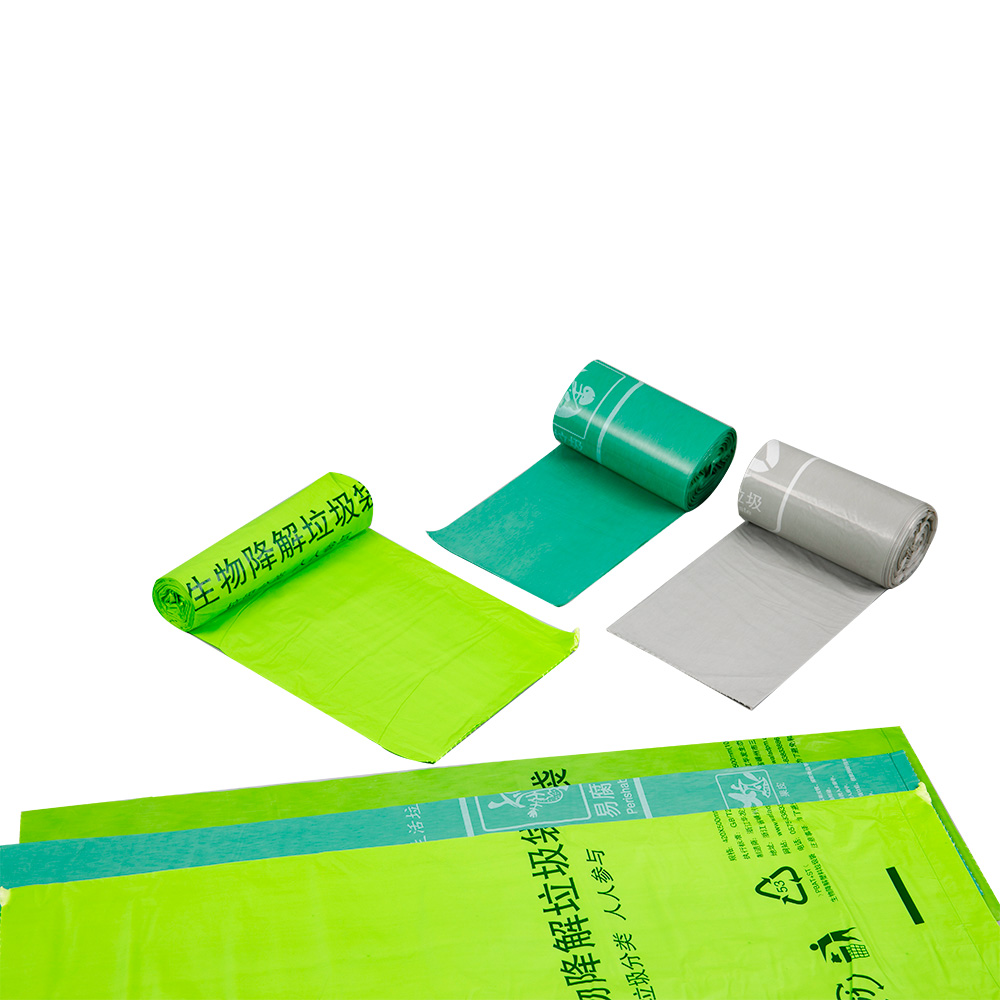Provide you with the latest enterprise and industry news.
Bio-degradable = degrades in a natural biological process producing only carbon dioxide, water, inorganic compounds and biomass. Compostable = degrades in a natural or synthetic biological process that produces only carbon dioxide, water, inorganic materials and biomass but no visible or distinguishable toxic residue .
Oxo-biodegradable films are made by incorporating a conventional petroleum-based plastic which has an additive included into the manufacturing process that re-engineers the polymer to initiate degradation via oxidation or UV light. This then enables the plastic to be biodegraded by microorganisms into water, CO2 and organic matter.
These products are designed to offer a programmed service life that has been defined at the point of manufacture. Once this programmed service life is complete, the oxidation process starts and the product begins its degradable journey which can take 6 months to 5 years in a landfill or a standard industrial composting system.
They are designed to help reduce the number of single use plastics that enter landfill. Typically the majority of domestic 'green' waste (potato peelings, tea bags etc) inside plastic bags is delayed in landfill due to the bacteria activity being encapsulated within the plastic, so that it can only be degraded after the bag has been recycled into new plastics.


 English
English 中文简体
中文简体 日本語
日本語













